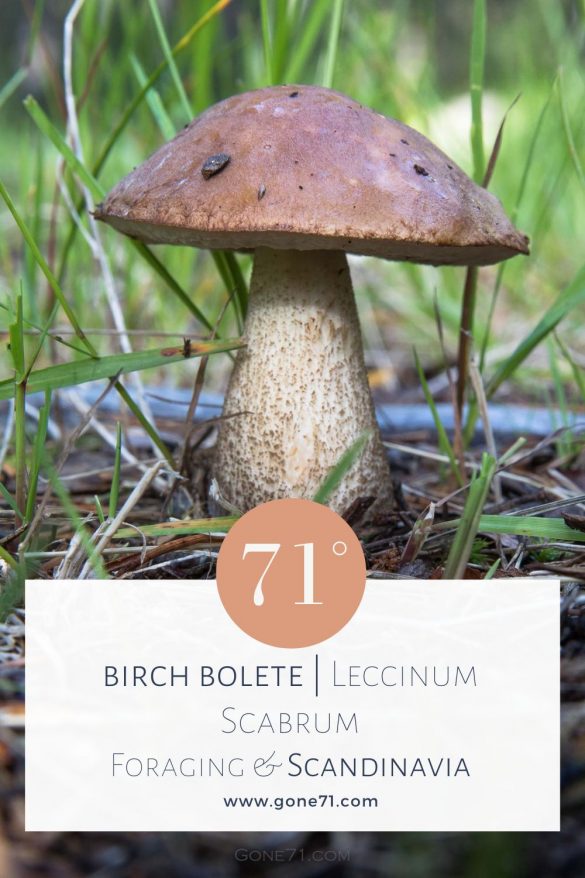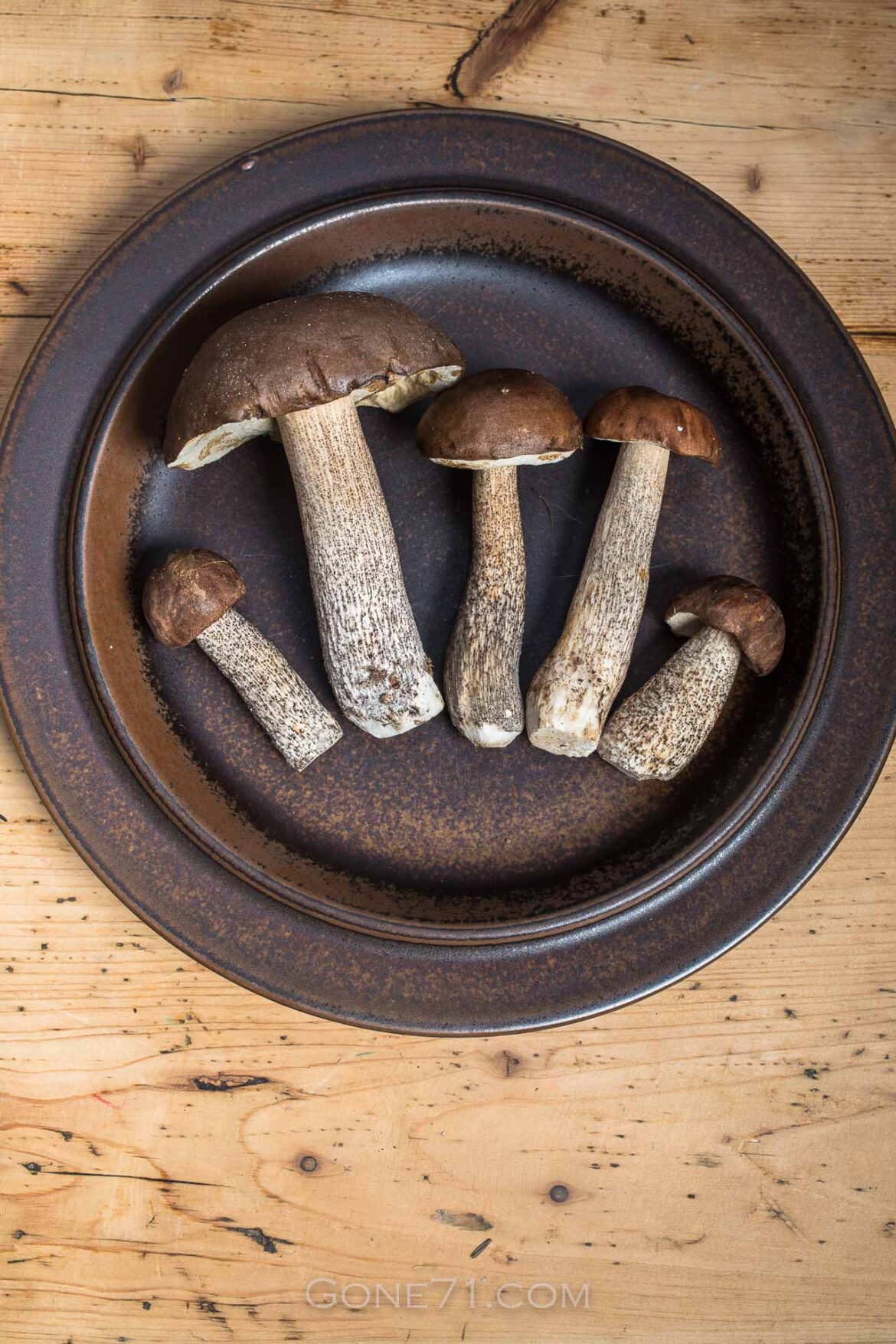swe.: Björksopp | nor.: Brunskrubb | fin.: Lehmäntatti | dt.: Birkenpilz, Birkenraufuß
Brown birch boletes are among the most common mushrooms you are likely to encounter throughout Northern Europe. Allthough not as tasty as their orange-capped relatives (e.g. orange birch bolete), they are still good to eat.
Especially the fresh and young specimens are popular in the (northern) European kitchen. Since it is so widely distributed and common this is one of the mushrooms you should definitely know when you travel the northern realms and looking for food to forage.
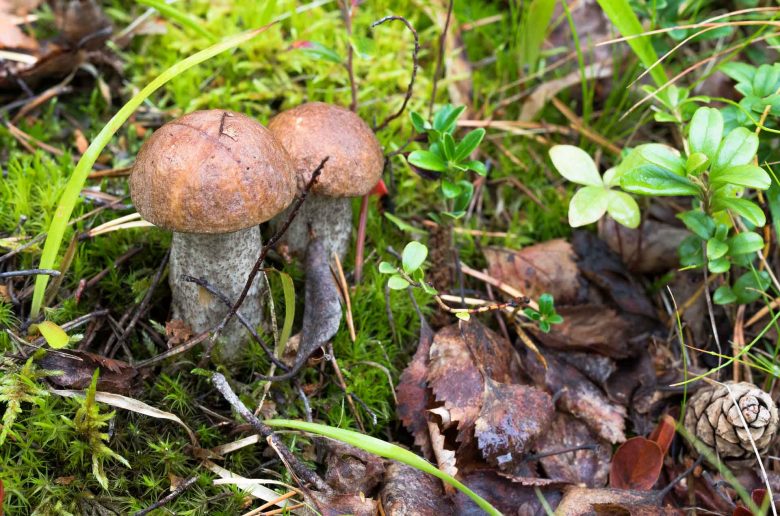
height: 6 – 20 cm
cap diameter: 4 – 16 cm
trunk diameter: 1 – 4 cm
months: June – October
colours: brown cap | white trunk with grey-black scales
habitat: birch
smell: neutral
consumption: cooked
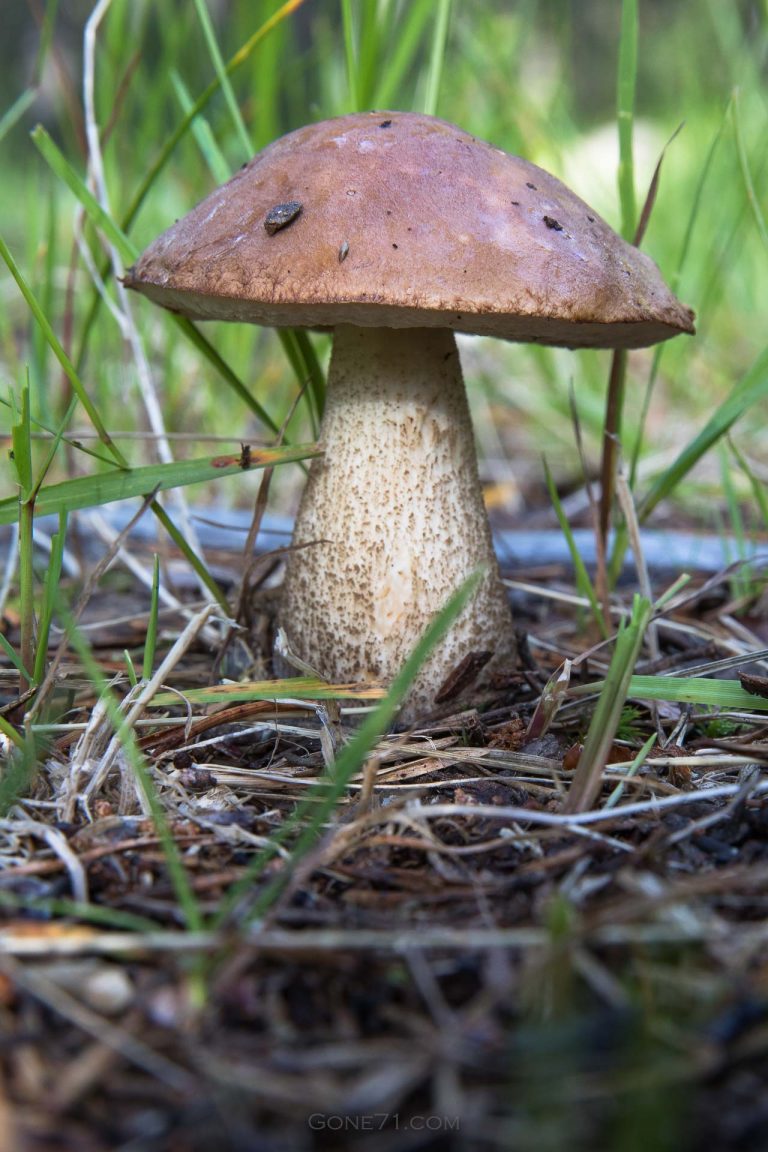
Appearance & habitat of the red-capped scaber stalk
The cap grows between 5 and 15 cm in diameter and has usually a light brown colour. Birch bolets can grow up to 20 cm in height. Pores are white in younger specimen and become grey in a later stage. When cut the mushroom turns slightly grey. Upon cooking the colour changes to dark grey. The stalk has light-grey to black scales.
As the name suggests, these mushrooms have a symbiotic relationship with birch trees. It is a close relative to members of the orange bolete family
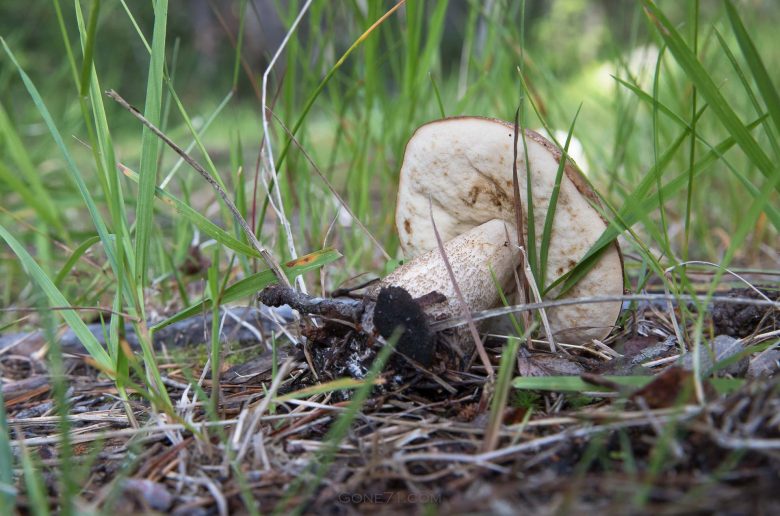
After cutting, the flesh turns slightly gray. Like all members of the Leccinum family it is considered slightly toxic if consumed raw so proper cooking (15 minutes plus) is required. However, they make for a tasty meal. They are mild in taste and can be used along with other mushrooms like chantarelles in sauces, soups or fried.
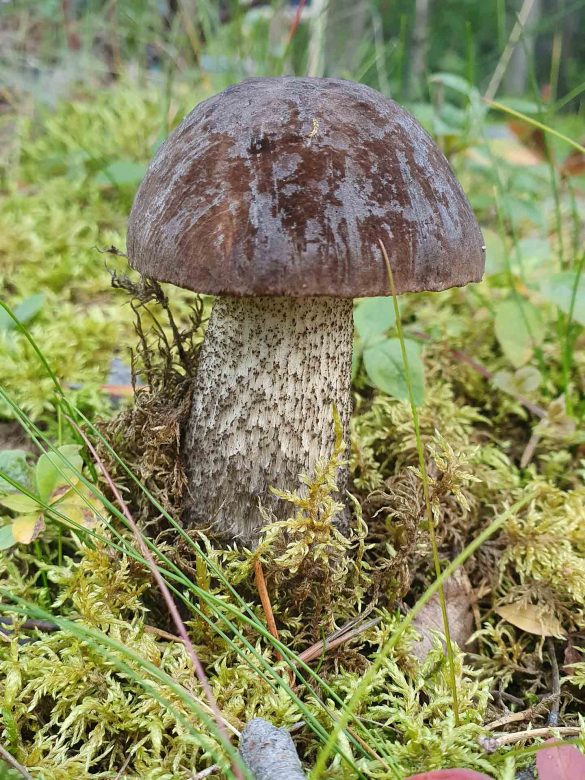
Lookalikes
The birch bolete is usually very easy to identify. It’s brown cap, white flesh and light pores along with the dark scales are usually enough features for an identification. Note, that scaber stalks never turn blue when cut, broken or uppon preassure.
Confusion often happens with other members of the Leccinum family as Leccinum variicolor (Mottled bolete – turns blue), Leccinum versipelle (Orange birch bolete – orange cap) and some other (edible) variations of the birch bolete as the dark-capped birch bolete.
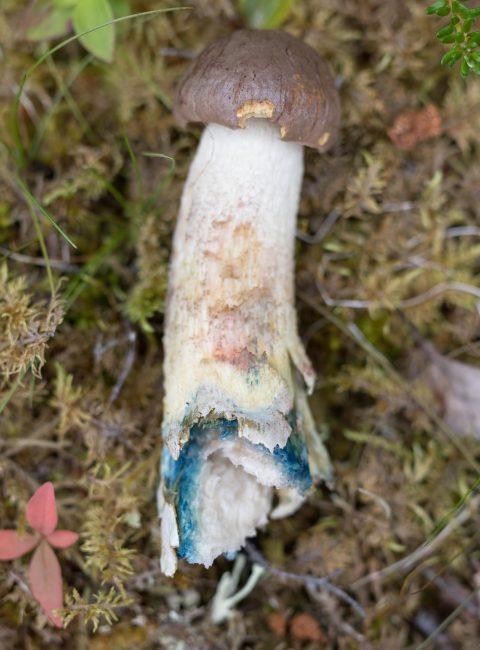
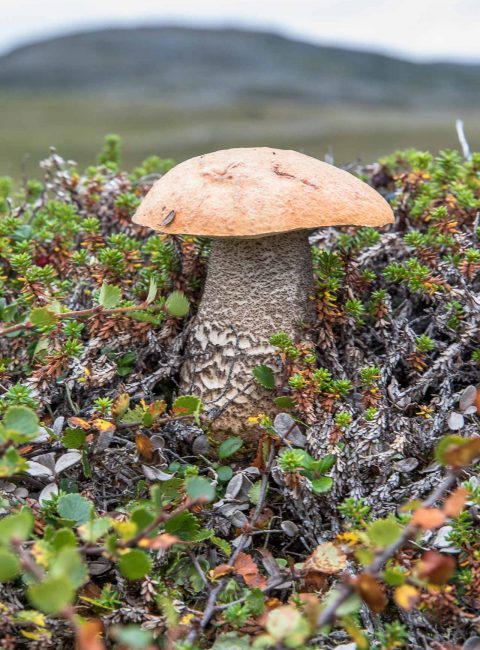
Birch boletes in the kitchen
Their firm consistency and mild flavor of young specimen make them an excellent mushroom to use in the kitchen. We love them fried, but their firm flesh is also great in soups or sauces.
If you are cooking birch boletes for the first time, don’t be alarmed if the fresh mushrooms in the pot or pan suddenly turn dark – some boletes turn very dark or even black while cooking. However, this does not affect the taste.
Like all mushrooms from the genus Leccinum they are not suitable for consumption raw and are slightly poisonous. Many mushroom books give a minimum cooking time of 15 minutes.
We have compiled this overview with the best of knowledge and belief, but do not claim to be complete and reserve the right to make errors.
Learn more about poisonous mushrooms and mushroom poisons here
↓↓↓
Find some inspiration in other mushroom recipes
↓↓↓
